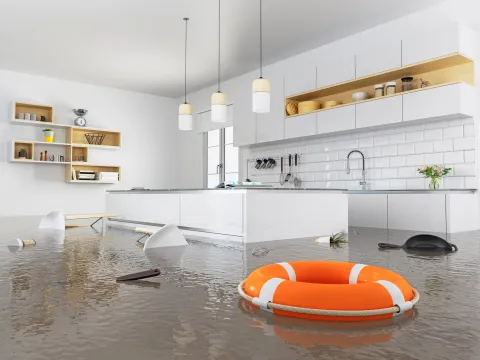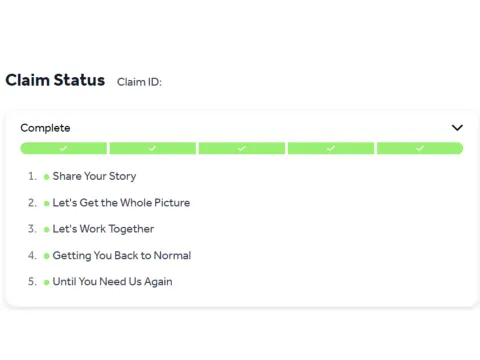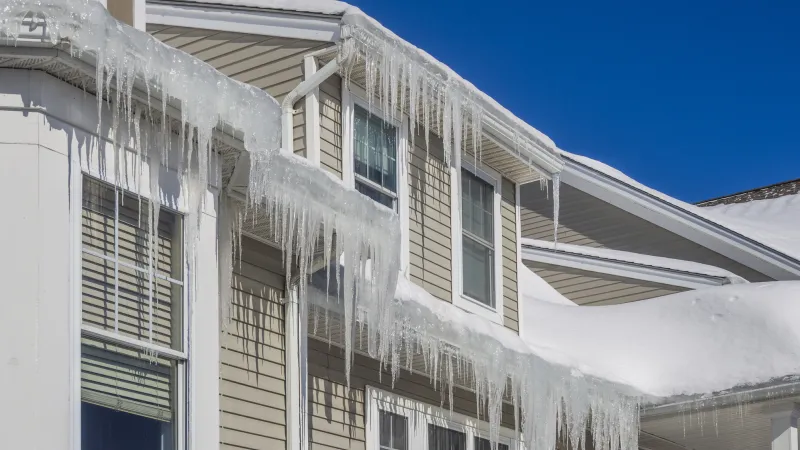
Protecting Your Home From Ice Dams
Summary
Reading Time
5 min
Ice dams are something that all homeowners living in snow-prone climates should know about. Ice dams are ice buildups that trap water from running off of your roof. This can potentially cause the water to seep through the roof and damage your home.
How Ice Dams are Formed
Ice dams form from excess heat being trapped in the attic space or roof cavity of your home. This can be a result of inadequate insulation, inadequate or missing vapour barrier, and/or improper attic ventilation. Ice dams are created when snow accumulates on the roof which then begins to melt as a result of the excess heat below the roofing. The water runs down to the edge of the roof or gutter, where it is much cooler, and it then refreezes. This process builds up a blockage of ice on the eave which the melting water cannot move past, and causes the water to pool and back up behind the dam.
It’s easy to recognize an ice dam. If there is a layer of ice on top of your roofing at the eave, then you have an ice dam forming. The thicker it gets, the more water it can hold back.
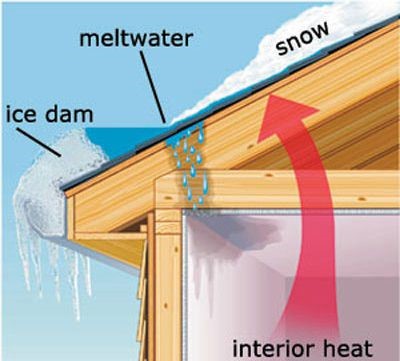
How Ice Dams Cause Damage to Your Home
Most roofing types are designed to shed water, but not to hold water. Because of this, the water can eventually find its way through the roofing into the attic space or roof cavity, and eventually into the living space of the home.
Ice dams can cause interior water damage such as ceiling leaks, damage to interior walls and insulation, and mold and mildew from the excess moisture in your home. On the exterior of your home, ice dams can also tear off gutters, loosen and damage the roofing, and even cause wood rot to the structure.
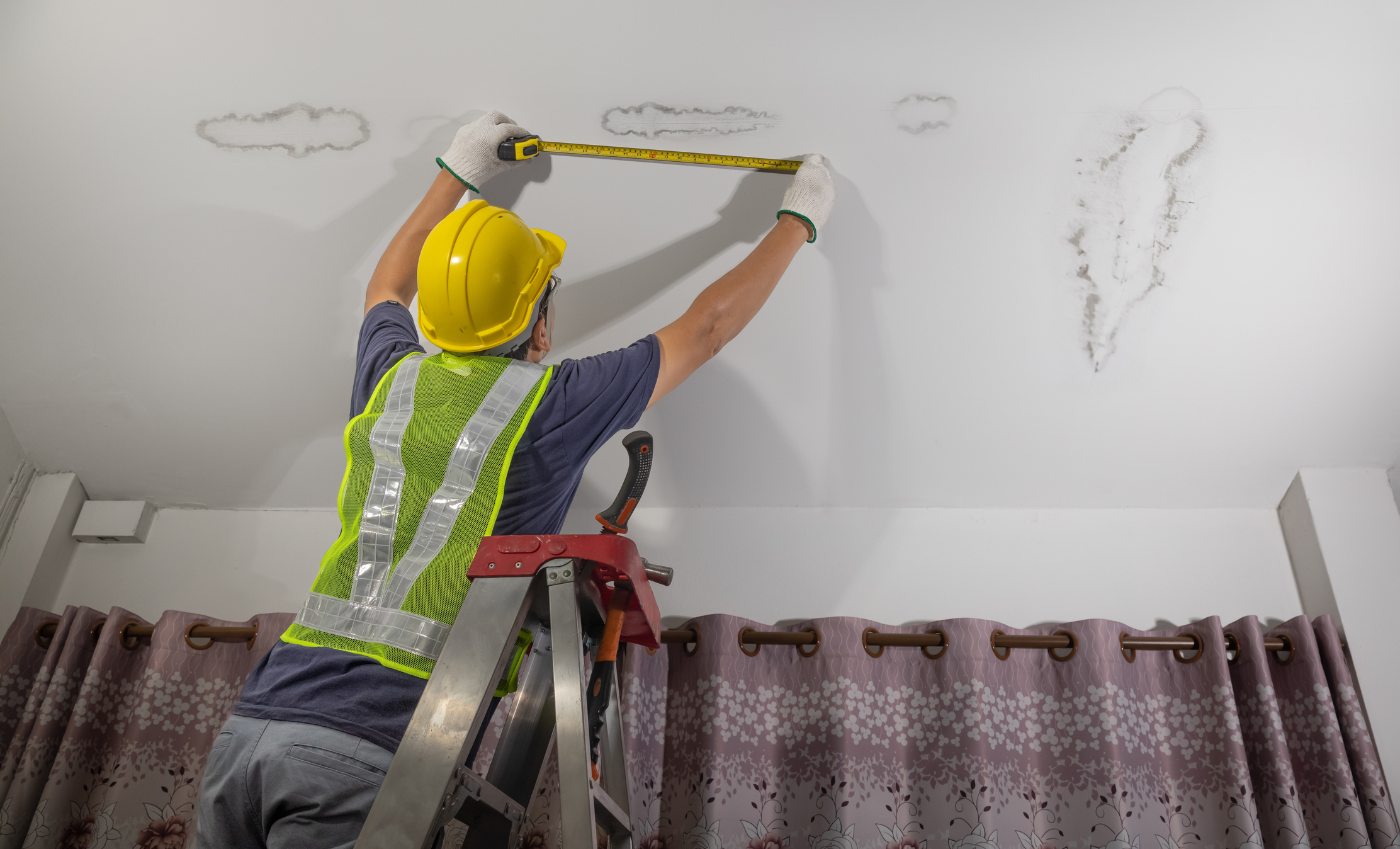
So, if your home is prone to ice dams, what can you do?
Prevention is the best step you can take to stop ice dams before they can form.
Long-Term Prevention
The only long-term solution if you have ice dams forming regularly is to lower the temperature in your attic space or roof cavity. A professional will need to be consulted with to find a solution to prevent heat loss from inside the building into the attic or roof cavity, and/or increase the ventilation in the attic or roof cavity. They can do this by either increasing the insulation R-value, sealing all the leaks through the vapour barrier, installing vapour barrier, or increasing the ventilation in the attic or roof cavity.
Short-Term Solutions
If the preventative measures above are out-of-reach right now, there are a few other short-term ways you can keep ice dams from forming:
- Clean debris from gutters before it snows so water can escape off the roof.
- Make sure you have a sturdy ladder and someone nearby to spot you. It's also a good idea to wear gloves to protect your hands from sharp objects and any critters that might be hiding out. Once you're safely up the ladder, start by scooping out the larger debris like leaves and twigs. You can use a small garden trowel or even an old plastic spatula - anything that helps you get the gunk out without damaging the gutter. Don’t forget to have a bucket or a bag handy to collect the debris so you’re not just tossing it onto your lawn. After you’ve removed the big stuff, flush the gutters with a garden hose to wash out the smaller particles and check for any clogs in the downspouts. If the water doesn’t flow freely, you might need to use a plumber’s snake to clear out any blockages.
- Install heat cables on the eaves to minimize ice buildup.
- These cables, also known as heat tape, are designed to keep your eaves and gutters free from ice and snow, making your winter a little less stressful. Install the heat cables along the edge of your roof where ice dams tend to form. Make sure you’re placing them in a zigzag pattern to cover more surface area. This setup helps to create channels through the ice, allowing melted water to flow off your roof instead of accumulating and refreezing. A quick pro tip here: measure your roofline before buying the cables to ensure you get the right length. You don’t want to come up short—literally! Next, plug those heat cables into an outdoor-rated electrical outlet and turn them on when the weather starts to get frosty. The cables will warm up, melting the snow and ice around them.
- Use a roof rake to remove snow from the roof so it doesn’t have a chance to melt and refreeze.
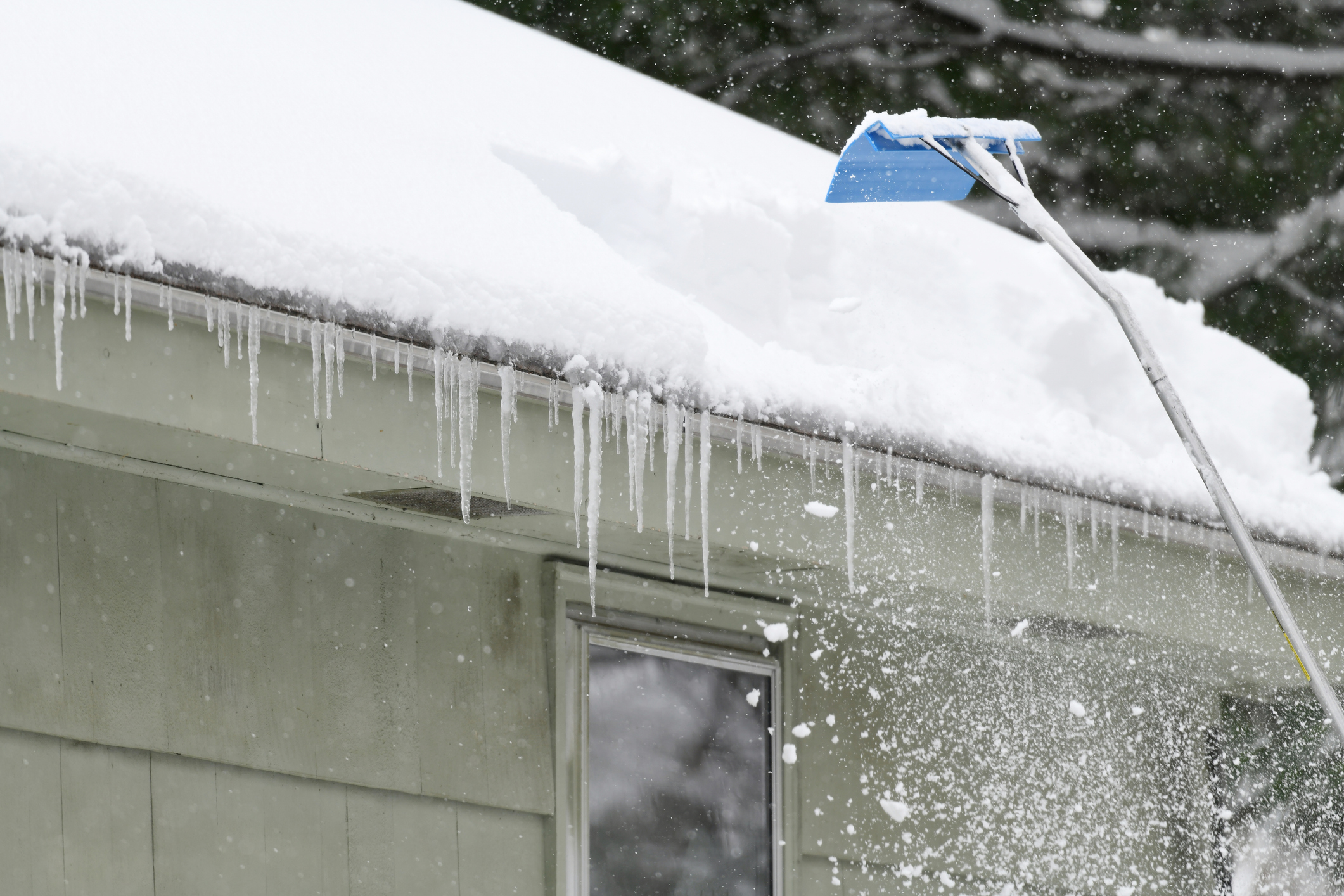
Removing Ice Dams
But what if it’s too late to prevent an ice dam and you already have one?
There are things you can do to lessen any damage ice dams may cause.
- Use an ice melting compound on the ice dam that is safe for gutters.
- Hire a roofing company to remove the ice dam off the roof. When in doubt, trust the professionals!
If damage has already occurred, we have a guide on What To Do in Case of Water Damage to Your Home.
Ice dams are a common issue for homeowners but can prevented and removed before damage is caused. Damage from ice dams is also likely covered by your home, cabin/cottage, or landlord insurance policy. If you’re insured with Sandbox, here’s where you can make an insurance claim, plus a complete guide on making a home insurance claim through the Sandbox Claims Portal.
For more details on Sandbox Property Insurance, click here or reach out to your insurance broker!
Please note that the information in this article may not accurately reflect your insurance policy from Sandbox Mutual Insurance or another insurance company. Please refer to your policy or talk to your broker about your specific coverages.

FAQ'S
How do I know if I actually have an ice dam?
If you notice a thick, glassy layer of ice building along the edge of your roof — especially at the eaves — that’s not just “winter decorating,” that’s an ice dam forming. The bigger it grows, the more meltwater it can trap… and the closer that water gets to sneaking inside your walls. If you’re seeing water stains, leaks, or mystery drips indoors after a snowfall, the ice dam has already RSVP’d to the party.
Can I prevent ice dams without a full attic renovation?
Yes — think of it as a short-term “roof spa day.” Clearing your gutters before snow hits, using a roof rake to remove fresh snow, or installing heat cables to melt ice channels can all help keep water moving in the right direction (away from your house!). These fixes won’t solve the root cause forever, but they can buy you time while you plan for proper insulation and ventilation upgrades.
Are ice-dam leaks covered by home insurance?
In many cases, yes — damage caused by water entering due to an ice dam may be covered under your home, cabin/cottage, or landlord policy. But coverage always depends on your specific policy wording. If the ice has already overstayed its welcome and you’re seeing damage inside, chat with your broker or start a claim using our online portal. We’ll help you get things thawed out and fixed up as delightfully simple as possible.

